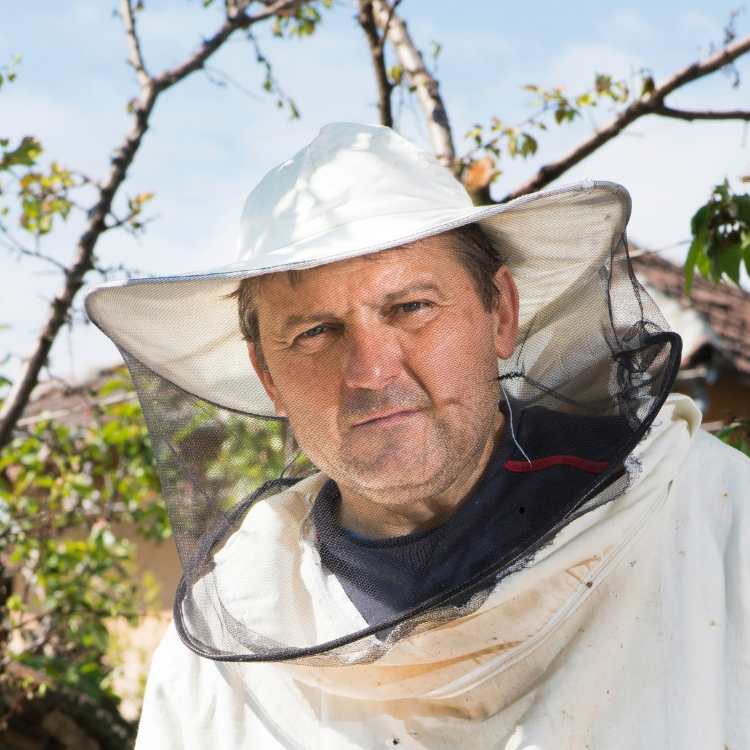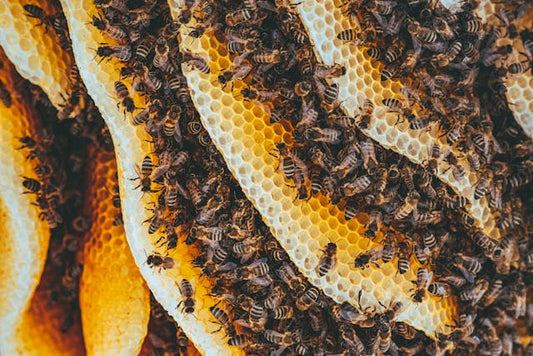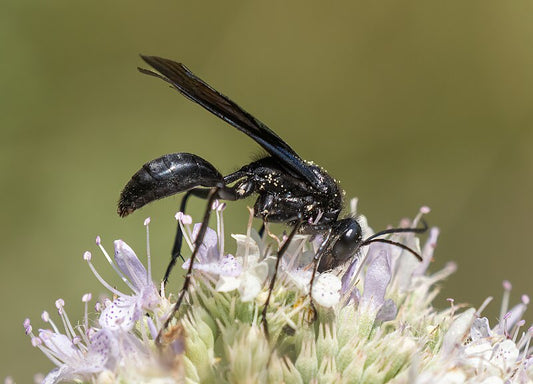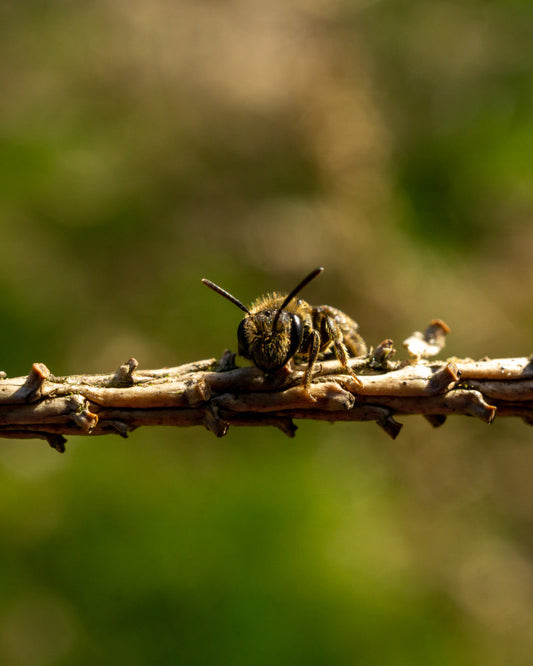People notice the wings. They marvel at the stinger. But the bee antenna? It hardly gets a second glance. And that’s a mistake. For bees, antennae are not decorative. These are survival grade sensors packed with microscopic machinery. Without them, a bee can’t smell, taste, hear, or navigate. Strip away the antennae, and you don’t have a bee anymore. You have a blind, deaf, disoriented insect that won’t even last a full hour in the wild.
Let’s break down what the bee antenna actually does. And also understand why it is one of the most complex and vital parts of a bee’s body.
The anatomy of the bee antenna
Every bee is equipped with two antennae, mounted just above the mandibles. Each bee antenna has three main segments.
- Scape: The base segment, connected to muscles that control movement.
- Pedicel: A jointed connector that gives the antennae their signature range of motion.
- Flagellum: The long, segmented portion packed with sensory receptors.
At the base of each antenna sit four muscles that give it impressive agility. These antennae are not just for twitching around at random. Bees control them deliberately, like fingers. They probe, tap, sweep and scan constantly.
Male bees have an even longer bee antenna, with more segments in the flagellum (11 compared to 10 in females). Why? More surface area means more receptors, and for males, this extra sensitivity is crucial during their mating flights.
What the antenna detects?
The bee antenna is like a Swiss army knife of sensory input. It is packed with receptors for:
- Olfaction (smell)
- Touch and pressure
- Vibration and sound
- Humidity and temperature
- Carbon dioxide and electric fields
- Polarized light
Each of these inputs is critical for the bees. A forager detects floral scents mid-flight. A guard bee smells an intruder. A worker monitors CO2 levels inside the hive and reacts. And all of that comes through the antennae.

Smell and pheromone detection
The bee antenna houses hundreds of thousands of olfactory receptors. Drones, whose sole job is to find and mate with queens, can have over 300,000. They use this to pick up the queen pheromones mid-air during mating flights.
Inside the hive, workers can detect different pheromones, regulating brood care, foraging, and alarm from their colony. If the queen dies, by the loss of her pheromone, there is almost instantaneously full colony recognition through every bee's antennae.
Vibration, sound, and touch
Bees don’t have ears. But they can hear just fine. With specialized sensors at the base of each antenna, bees can sense air movement and vibrational frequencies. This enables them to interpret the dance language, in which bees convey patterns of movement to communicate distance and direction to nectar sources.
Inside the dark hive, bees must detect tactile and vibrational signals, as they cannot rely on vision. They utilize their antennae to feel other bees, sense the thickness of the walls of the honeycomb and align with other bees before transferring food. Every motion is coordinated through touch—an ability only made possible by the fine hairs and mechanoreceptors on the bee antenna.
Polarized light and navigation
Bees don’t need to see the sun in order to determine where it is. The bee’s antenna can detect polarized light—sunlight that has been filtered through clouds and the atmosphere. This enables the bees to get back home even on a cloudy day or in a very dense forest. Their antenna can be thought of as small solar compasses that align the orientation of the bee's body according to the angle of the sun.
This is also how foragers are able to stay oriented over long flights. It is also how they return to the hive with pinpoint accuracy. Their bee antenna gives them not just direction but context, too. Bees are able to compare light angles, wind patterns, and scent trails all at once.

Antennae and bee roles
Not all the bees use their antennae the same way. Eusocial bees like bumblebees and honeybees rely heavily on their antennae for colony communication. Solitary species, by contrast, lean more on scent and environmental data for foraging and nesting.
In both cases, though, the bee antenna remains the nerve center of perception.
Foragers
- Use antennae to detect floral volatiles and compare sugar content mid-air.
- Can choose between two nectar sources by sampling scent intensity during flight.
Guards
- Use scent cues from the antennae to identify hive members
- Block or attack intruders based on subtle odor differences
Undertakers
- Sense the unique smell of dead bees and remove them from the hive to prevent infection.
Everything, from foraging to funeral duties, begins with input from bee antenna.
The cost of damage to the antenna
A damaged bee antenna is no small injury. It is a complete sensory shutdown. The bee won’t be able to navigate, communicate or forage. In a colony, that loss has ripple effects, not just for the individual, but for the group.

Bee on a leaf
Final word
You don’t hear people talk much about the bee antenna. All they want to know is about honey, stings, or how bees fly. But antennae are the real power source behind bee intelligence.
A bee without antennae is a body without senses. These slim, segmented feelers give bees their edge, letting them decode scent trails, navigate invisible solar patterns, and coordinate inside dark hives with 100% precision.
So, the next time you see a bee, remember that its antennae are not just feelers. It is a sensor suite in motion, tuned for survival, and built for work.
For more fascinating stories from the world of bees, consider following my full blog here.





